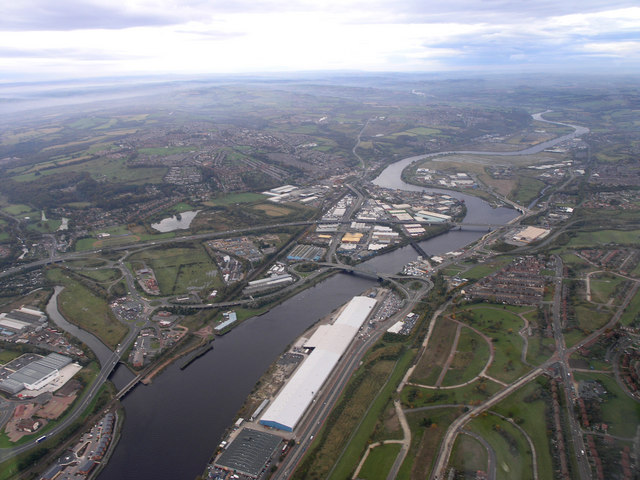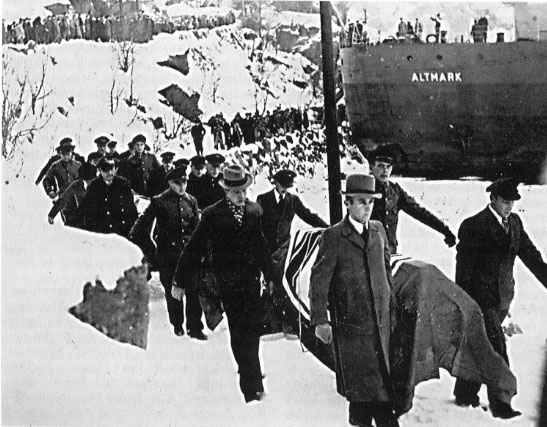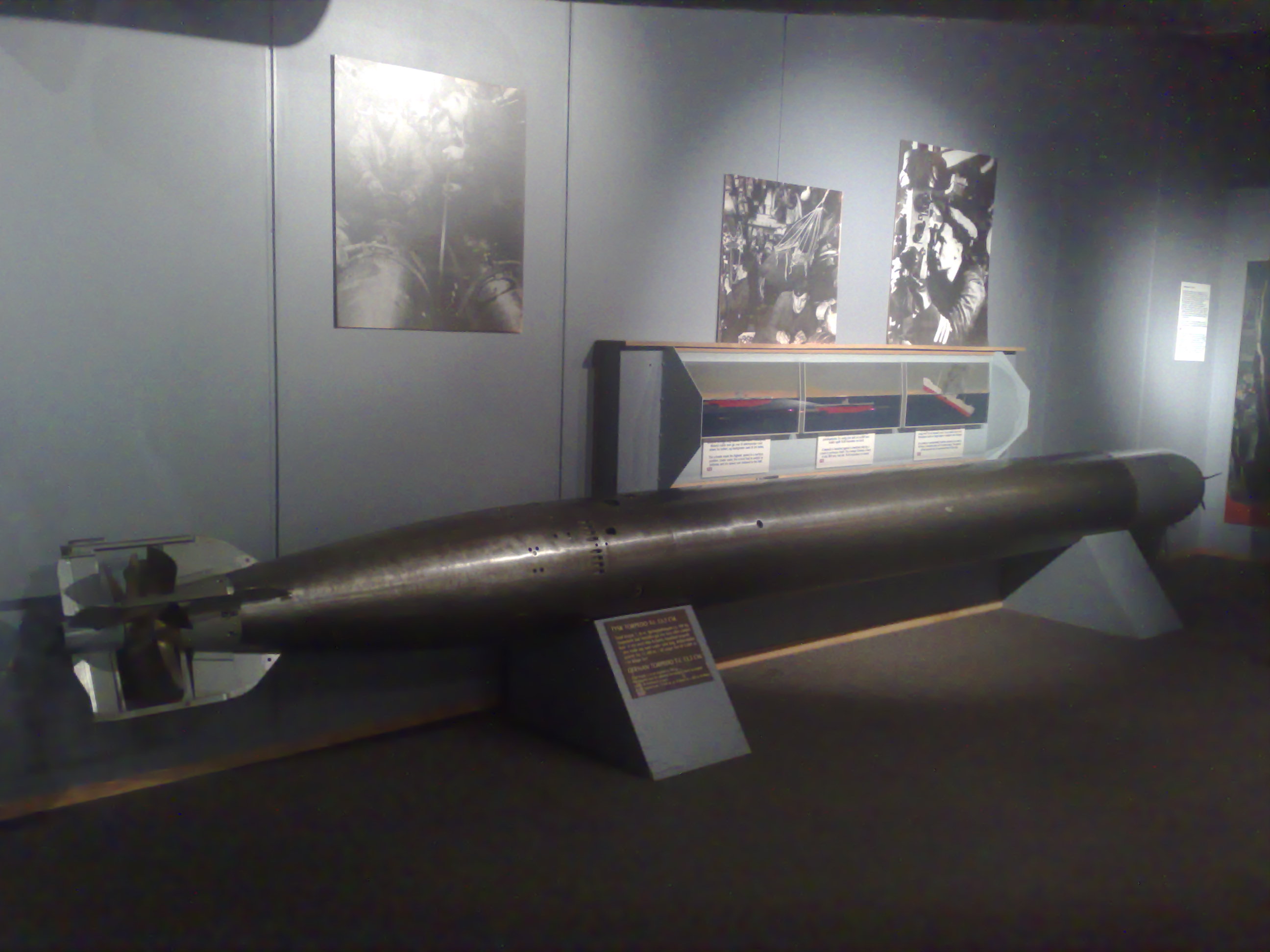|
HMS Thistle (N24)
HMS ''Thistle'' (N24) was a T-class submarine of the Royal Navy. She was laid down by Vickers Armstrong, Barrow and launched in October 1938. She was sunk by the German submarine on 10 April 1940 near Skudenes. Career At the onset of the Second World War, ''Thistle'' was a member of the 2nd Submarine Flotilla. From 26 to 29 August 1939, the flotilla deployed to its war bases at Dundee and Blyth.Rohwer, p.1 ''Thistle'', under the command of Lt. Wilfrid Frederick Haselfoot, was ordered to patrol off Stavanger, and to sink any enemy vessel that she might spot in the harbour, since British authorities believed that a German invasion of Norway was imminent. On 10 April, ''Thistle'' signaled her intention to comply with this order and that she had two torpedoes remaining after an unsuccessful attack on a U-boat. With this in mind the Admiralty changed her orders to patrol off Skudenes. No further contact was made with ''Thistle''. Sinking It was later discovered that ', the U-bo ... [...More Info...] [...Related Items...] OR: [Wikipedia] [Google] [Baidu] |
Vickers Armstrong
Vickers-Armstrongs Limited was a British engineering conglomerate formed by the merger of the assets of Vickers Limited and Sir W G Armstrong Whitworth & Company in 1927. The majority of the company was nationalised in the 1960s and 1970s, with the remainder being divested as Vickers plc in 1977. History Vickers merged with the Tyneside-based engineering company Armstrong Whitworth, founded by William Armstrong, to become Vickers-Armstrongs. Armstrong Whitworth and Vickers had developed along similar lines, expanding into various military sectors and produced a whole suite of military products. Armstrong Whitworth were notable for their artillery manufacture at Elswick and shipbuilding at a yard at High Walker on the River Tyne. 1929 saw the merger of the acquired railway business with those of Cammell Laird to form Metropolitan Cammell Carriage and Wagon (MCCW); Metro Cammell. In 1935, before rearmament began, Vickers-Armstrongs was the third-largest manufacturing employ ... [...More Info...] [...Related Items...] OR: [Wikipedia] [Google] [Baidu] |
Operation Weserübung
Operation Weserübung (german: Unternehmen Weserübung , , 9 April – 10 June 1940) was Germany's assault on Denmark and Norway during the Second World War and the opening operation of the Norwegian Campaign. In the early morning of 9 April 1940 (''Wesertag'', "Weser Day"), Germany occupied Denmark and invaded Norway, ostensibly as a preventive manoeuvre against a planned, and openly discussed, French-British occupation of Norway known as Plan R 4 (actually developed as a response to any German aggression against Norway). After the occupation of Denmark (the Danish military was ordered to stand down as Denmark did not declare war with Germany), envoys of the Germans informed the governments of Denmark and Norway that the ''Wehrmacht'' had come to protect the countries' neutrality against Franco-British aggression. Significant differences in geography, location and climate between the two nations made the actual military operations very dissimilar. The invasion fleet's no ... [...More Info...] [...Related Items...] OR: [Wikipedia] [Google] [Baidu] |
Maritime Incidents In April 1940
Maritime may refer to: Geography * Maritime Alps, a mountain range in the southwestern part of the Alps * Maritime Region, a region in Togo * Maritime Southeast Asia * The Maritimes, the Canadian provinces of Nova Scotia, New Brunswick, and Prince Edward Island * Maritime County, former county of Poland, existing from 1927 to 1939, and from 1945 to 1951 * Neustadt District, Reichsgau Danzig-West Prussia, known from 1939 to 1942 as ''Maritime District'', a former district of Reichsgau Danzig-West Prussia, Nazi Germany, from 1939 to 1945 * The Maritime Republics, thalassocratic city-states on the Italian peninsula during the Middle Ages Museums * Maritime Museum (Belize) * Maritime Museum (Macau), China * Maritime Museum (Malaysia) * Maritime Museum (Stockholm), Sweden Music * ''Maritime'' (album), a 2005 album by Minotaur Shock * Maritime (band), an American indie pop group * "The Maritimes" (song), a song on the 2005 album ''Boy-Cott-In the Industry'' by Classified * "Maritime ... [...More Info...] [...Related Items...] OR: [Wikipedia] [Google] [Baidu] |
World War II Shipwrecks In The Norwegian Sea
In its most general sense, the term "world" refers to the totality of entities, to the whole of reality or to everything that is. The nature of the world has been conceptualized differently in different fields. Some conceptions see the world as unique while others talk of a "plurality of worlds". Some treat the world as one simple object while others analyze the world as a complex made up of many parts. In ''scientific cosmology'' the world or universe is commonly defined as " e totality of all space and time; all that is, has been, and will be". '' Theories of modality'', on the other hand, talk of possible worlds as complete and consistent ways how things could have been. ''Phenomenology'', starting from the horizon of co-given objects present in the periphery of every experience, defines the world as the biggest horizon or the "horizon of all horizons". In ''philosophy of mind'', the world is commonly contrasted with the mind as that which is represented by the mind. ''Th ... [...More Info...] [...Related Items...] OR: [Wikipedia] [Google] [Baidu] |
Ships Sunk By German Submarines In World War II
A ship is a large watercraft that travels the world's oceans and other sufficiently deep waterways, carrying cargo or passengers, or in support of specialized missions, such as defense, research, and fishing. Ships are generally distinguished from boats, based on size, shape, load capacity, and purpose. Ships have supported exploration, trade, warfare, migration, colonization, and science. After the 15th century, new crops that had come from and to the Americas via the European seafarers significantly contributed to world population growth. Ship transport is responsible for the largest portion of world commerce. The word ''ship'' has meant, depending on the era and the context, either just a large vessel or specifically a ship-rigged sailing ship with three or more masts, each of which is square-rigged. As of 2016, there were more than 49,000 merchant ships, totaling almost 1.8 billion dead weight tons. Of these 28% were oil tankers, 43% were bulk carriers, and 13% were cont ... [...More Info...] [...Related Items...] OR: [Wikipedia] [Google] [Baidu] |
Lost Submarines Of The United Kingdom
Lost may refer to getting lost, or to: Geography *Lost, Aberdeenshire, a hamlet in Scotland * Lake Okeechobee Scenic Trail, or LOST, a hiking and cycling trail in Florida, US History *Abbreviation of lost work, any work which is known to have been created but has not survived to the present day Arts, entertainment, and media Films * ''Lost'' (1950 film), a Mexican film directed by Fernando A. Rivero * ''Lost'' (1956 film), a British thriller starring David Farrar * ''Lost'' (1983 film), an American film directed by Al Adamson * ''Lost!'' (film), a 1986 Canadian film directed by Peter Rowe * ''Lost'' (2004 film), an American thriller starring Dean Cain * ''The Lost'' (2006 film), an American psychological horror starring Marc Senter Games *'' Lost: Via Domus'', a 2008 video game by Ubisoft based on the ''Lost'' TV series * ''The Lost'' (video game), a 2002 vaporware game by Irrational Games Literature * ''Lost'' (Maguire novel), a 2001 horror/mystery novel by Gregory Maguire * ... [...More Info...] [...Related Items...] OR: [Wikipedia] [Google] [Baidu] |
World War II Submarines Of The United Kingdom
In its most general sense, the term "world" refers to the totality of entities, to the whole of reality or to everything that is. The nature of the world has been conceptualized differently in different fields. Some conceptions see the world as unique while others talk of a "plurality of worlds". Some treat the world as one simple object while others analyze the world as a complex made up of many parts. In '' scientific cosmology'' the world or universe is commonly defined as " e totality of all space and time; all that is, has been, and will be". '' Theories of modality'', on the other hand, talk of possible worlds as complete and consistent ways how things could have been. ''Phenomenology'', starting from the horizon of co-given objects present in the periphery of every experience, defines the world as the biggest horizon or the "horizon of all horizons". In ''philosophy of mind'', the world is commonly contrasted with the mind as that which is represented by the mind. ''T ... [...More Info...] [...Related Items...] OR: [Wikipedia] [Google] [Baidu] |
1938 Ships
Events January * January 1 ** The Constitution of Estonia#Third Constitution (de facto 1938–1940, de jure 1938–1992), new constitution of Estonia enters into force, which many consider to be the ending of the Era of Silence and the authoritarian regime. ** state-owned enterprise, State-owned railway networks are created by merger, in France (SNCF) and the Netherlands (Nederlandse Spoorwegen – NS). * January 20 – King Farouk of Egypt marries Safinaz Zulficar, who becomes Farida of Egypt, Queen Farida, in Cairo. * January 27 – The Honeymoon Bridge (Niagara Falls), Honeymoon Bridge at Niagara Falls, New York, collapses as a result of an ice jam. February * February 4 ** Adolf Hitler abolishes the War Ministry and creates the Oberkommando der Wehrmacht (High Command of the Armed Forces), giving him direct control of the German military. In addition, he dismisses political and military leaders considered unsympathetic to his philosophy or policies. Gene ... [...More Info...] [...Related Items...] OR: [Wikipedia] [Google] [Baidu] |
Ships Built In Barrow-in-Furness
A ship is a large watercraft that travels the world's oceans and other sufficiently deep waterways, carrying cargo or passengers, or in support of specialized missions, such as defense, research, and fishing. Ships are generally distinguished from boats, based on size, shape, load capacity, and purpose. Ships have supported exploration, trade, warfare, migration, colonization, and science. After the 15th century, new crops that had come from and to the Americas via the European seafarers significantly contributed to world population growth. Ship transport is responsible for the largest portion of world commerce. The word ''ship'' has meant, depending on the era and the context, either just a large vessel or specifically a ship-rigged sailing ship with three or more masts, each of which is square-rigged. As of 2016, there were more than 49,000 merchant ships, totaling almost 1.8 billion dead weight tons. Of these 28% were oil tankers, 43% were bulk carriers, and 13% were con ... [...More Info...] [...Related Items...] OR: [Wikipedia] [Google] [Baidu] |
British T-class Submarines Of The Royal Navy
British may refer to: Peoples, culture, and language * British people, nationals or natives of the United Kingdom, British Overseas Territories, and Crown Dependencies. ** Britishness, the British identity and common culture * British English, the English language as spoken and written in the United Kingdom or, more broadly, throughout the British Isles * Celtic Britons, an ancient ethno-linguistic group * Brittonic languages, a branch of the Insular Celtic language family (formerly called British) ** Common Brittonic, an ancient language Other uses *''Brit(ish)'', a 2018 memoir by Afua Hirsch *People or things associated with: ** Great Britain, an island ** United Kingdom, a sovereign state ** Kingdom of Great Britain (1707–1800) ** United Kingdom of Great Britain and Ireland (1801–1922) See also * Terminology of the British Isles * Alternative names for the British * English (other) * Britannic (other) * British Isles * Brit (other) * B ... [...More Info...] [...Related Items...] OR: [Wikipedia] [Google] [Baidu] |
G7e Torpedo
The G7e torpedo was the standard electric torpedo used by the German ''Kriegsmarine'' submarines in World War II. It came in 20 different versions, with the initial model G7e(TII) in service at the outbreak of the war. Due to several problems, leading to the German "''Torpedokrise''" which lasted until the end of 1941, the improved G7e(TIII) took over as the standard electric torpedo used by German U-boats for the rest of the war. G7e torpedoes measured in diameter and about in length. Depending on the type, the warhead contained a main charge of of '' Schießwolle 36'', a mixture of dipicrylamine and TNT. All were powered by electric motors and lead-acid batteries which required onboard maintenance to maintain their functionality. Other major G7e-versions that saw operational service during the war, were the first acoustic homing torpedo G7es(TIV) ''Falke'' and its improved successor G7es(TV) ''Zaunkönig''. G7e(TII) The G7e(TII) went in service with German U-boat fleets in ... [...More Info...] [...Related Items...] OR: [Wikipedia] [Google] [Baidu] |
G7a Torpedo
The G7a(TI) was the standard issue ''Kriegsmarine'' torpedo introduced to service in 1934. It was a steam-powered design, using a wet heater engine burning decaline, with a range of at speed. In 1936, the Kriegsmarine's first electrical powered torpedo was introduced with the G7e(TII). It was replaced beginning in 1942 by the G7e(TIII). The G7a(TI) remained in service as the main torpedo of Kriegsmarine for the length of the war, being the only torpedo used from surface vessels, and alongside electric torpedoes on the uboats. Design The G7a(TI) torpedo was 533.4 mm (21 in) in diameter, 7163 mm (23 ft 6 in) in length (with a type Ka or Kb warhead and Pi1 or Pi2 pistol), the warhead holding a charge of approximately 280 kg (617lbs) of so-called Schießwolle 36. It was Kriegsmarine's first operational torpedo (hence "TI" = Torpedo number one), and the standard issue torpedo for all German U-boats and surface torpedo-bearing vessels from 1934 to the end o ... [...More Info...] [...Related Items...] OR: [Wikipedia] [Google] [Baidu] |







